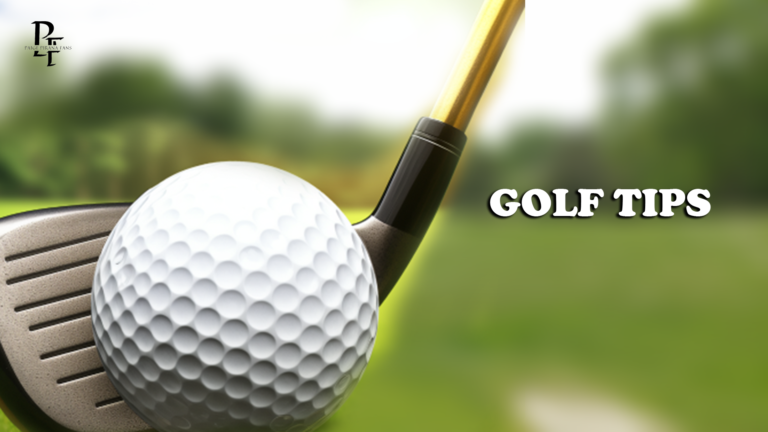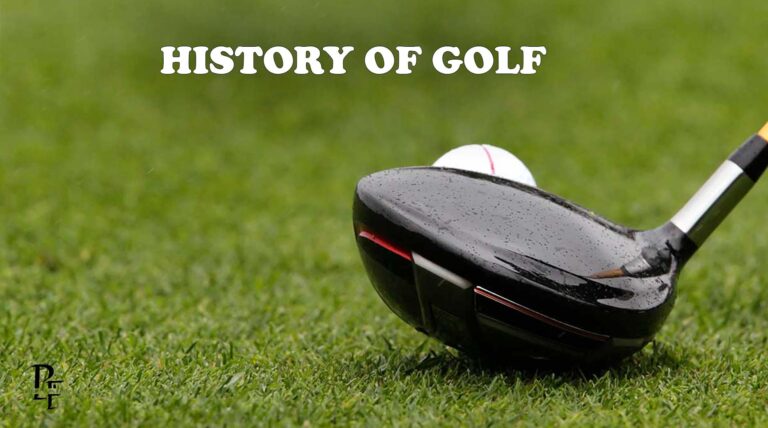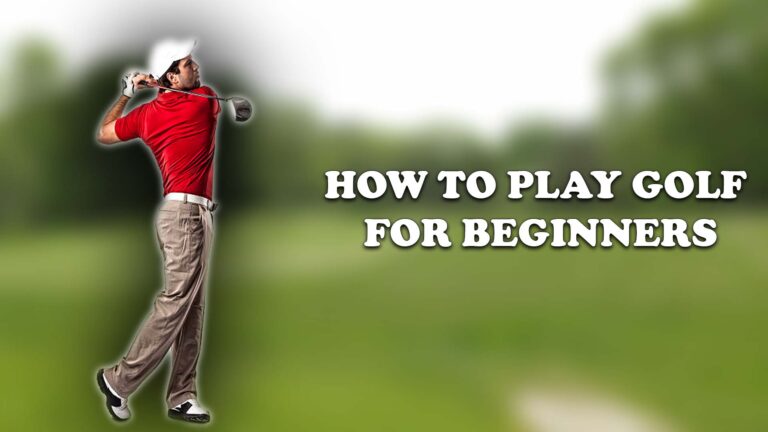Golf Rules for Beginners – A Mini Guide to Make You Fall in Love with the Sport!
Golf, first played by Scottish shepherds in the 15th century, is an outdoor sport. Long known as a gentleman’s sport due to the etiquette, this does not use a standardized playing area. Traditional golf has inspired the development of modern sports like Disc golf and Frisbee golf, which are played professionally (in competitions) or as a pastime. Players tend to develop patience and the ability to focus under pressure and aim precisely with time. Understanding golf rules can be quite overwhelming, especially when you first meet the sport. Hopefully, reading golf rules for beginners will motivate you to disperse your doubts and step into the world of golf!

Basic Rules of Golf For Beginners
In order to offer better clarity, the basic rules of traditional golf are sub-sectioned below as “preparation prior to the game,” “teeing off,” “playing the game,” “putting,” “order of play, and player conduct.”
Preparation prior to the game
Players need to make sure that they have enough golf balls and gold tees when needed. It is recommended to have one’s own golf clubs (14 clubs can be carried at a time) without borrowing from others. Typically, the dress code includes a collared shirt with dress pants or khaki shorts. Wearing golf shoes and gloves is also recommended to facilitate comfort while playing!
Before showing up at a course, a tee time must be reserved, and the players should show up on time. Otherwise, the group may lose their spot!
Teeing off
Initiating a game requires teeing off, which involves placing the ball on a tee and hitting it. Players are supposed to create an imaginary horizontal line with two tee markers. Teeing up should be done behind that line up to 90 inches. Typically, the player with “honors” tees off first.
Playing the game
The principle of playing the ball in golf is to play it as it lies. Where it comes to rest is where the next shot must be made. The score is obtained by hitting the ball into all holes (9 or 18) using the least number of strikes. Depending on the distance to the target and surface, players tend to use different clubs.
When the ball is landed in a penalty area marked in red/yellow lines, a 1-stroke penalty should be taken, putting the ball at a point behind the spot where it crossed the area previously. There is no penalty when the ball in motion is accidentally deflected by the player himself, his equipment, his partner/caddie, or a double hit. 3 minutes are allocated to find the ball before it is lost. It is also important to note that the player’s partner/caddie is not allowed to assist the player with finding the alignment to make a better stroke!

Putting
Being a crucial part of the game, this involves pushing the ball into the hole delicately when it reaches the putting green area. A player can wait up to 10 seconds until the ball finally drops into the hole if it reaches the edge of it. Players are not allowed to test the surface of the green by scraping the surface or rolling a ball. However, they can repair damage on the green, including spike marks and damage from animals, persons, or balls.
Order of play and player conduct
The order of play for an upcoming hole is determined by the previous score, where the player with the lowest score is asked to tee off first. Players should remain quiet when the other players are making their shots. Players are also not allowed to walk on or through another player’s putting line. Violating these rules can penalize the player with a penalty stroke or even disqualify them from the game!
Disc Golf and Frisbee Golf
Disc golf and Frisbee golf are rapidly developing sports inspired by traditional ball golf. Similar to ball golf, these two sports aim to complete scoring each hole in the fewest strokes possible. Instead of clubs and balls, Disc golf and Frisbee golf utilize different discs to navigate the course. The throws of Disc golf and Frisbee golf emphasize precision, accuracy, and strategy.
Different disc types can be identified as “distance drivers,” “fairway drivers,” “mid-ranges,” and “putters.” Although the two have similar rules inspired by traditional golf, some differences can be identified between them to distinguish them, as below.
- Disc golf discs are much smaller and heavier than the traditional standard frisbees used in Frisbee golf.
- They can achieve a distance of up to 350-400 ft, while frisbees travel only 50-100 ft.
- Disc golf is played on courses with specific targets called baskets and poles, while Frisbee golf courses can be set up in parks or open spaces without specialized baskets.
- Trees, trash cans, and other objects are improvised as targets in Frisbee golf.
- Even though the rules are similar, the employability of frisbee golf rules for beginners is much more flexible, relaxed, and informal than Disc golf.
- Since a considerable amount of practice is needed to master the disc golf rules for beginners, along with gaining knowledge of certain techniques, it is recommended for the beginners to try Frisbee golf first.
Same as ball golf there are 9 or 18 holes with a designated par for each hole. They start at the tee and end at the basket, where each throw continues until the disc lands and hits the chains of the basket. Having an imaginary rectangle in mind, an area of 3 meters from behind the teeing line is where the player is supposed to start his game. After the disc has been thrown, the players are only allowed to stay outside the teeing area.
A throw within 10 meters of the basket is considered a putt where the player must maintain full-body balance. A stance violation and one penalty throw are allocated otherwise. Mandos, the routes that are created in the course that advise the players to throw either to left or right, keep players, property, and other people safe by discouraging possible mishaps. Missing them are marked as penalties.
To consider a hole complete, the disc must enter the target above the tray and rest in the basket. However, discs that land on top of the basket are considered missed putts. When a disc of a player gets lost, the rest of the players should assist that player to find it within 3 minutes. Otherwise, it is considered a courtesy violation!
How do you play basic golf rules?
For any type of golf, the player needs to understand the objective of the game, which is hitting the ball/ throwing the disc to the holes that are allocated by the least possible number of strokes/throws. By maintaining the etiquette and following the basic rules from teeing off to striking, putting, and avoiding penalties as much as possible, as described above, the player can obtain a great experience of a proper game!

Wrapping up…
Regulated by authorities like R & A, USGA, and PDGA, golf rules ensure the integrity and fairness of the play. A game played without its rules is not considered a proper game! Hope golf rules for beginners helped you in some way to get a better understanding of golf as a beginner. Not only is it a great pastime but also an ideal way to connect with other interesting individuals, giving opportunities to form lifelong friendships!







